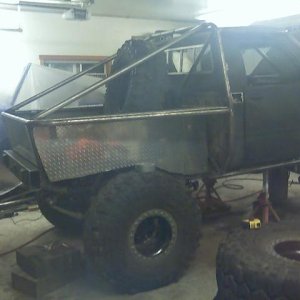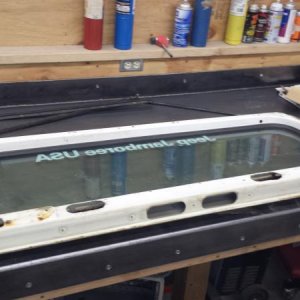Roccrawler
Well-Known Member
- Joined
- Mar 27, 2006
- Messages
- 6,325
- Reaction score
- 0
7075 vs 6061 Comparison Chart: Alloy Tensile Strength Yield Strength Brinell Hardness
6061-T6 45,000 PSI 40,000 PSI 95
7075-T6 83,000 PSI 73,000 PSI 150
answered my own question
6061-T6 45,000 PSI 40,000 PSI 95
7075-T6 83,000 PSI 73,000 PSI 150
answered my own question









